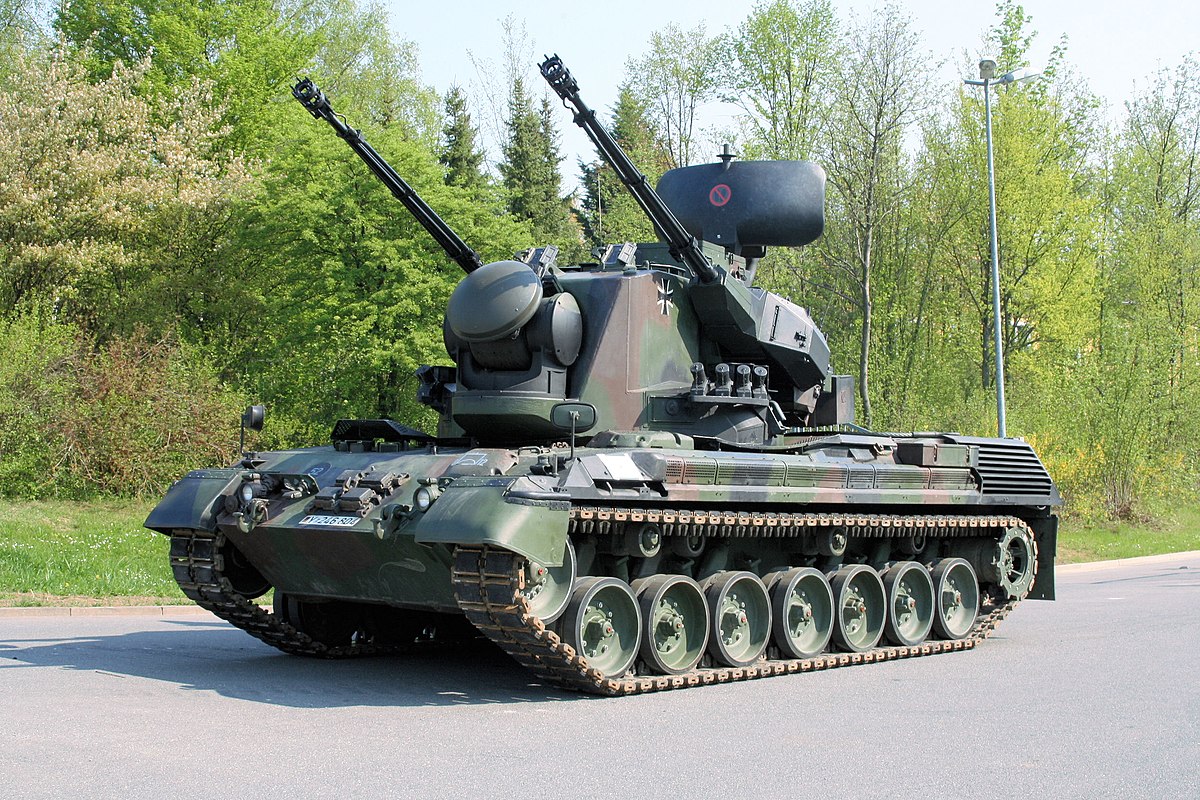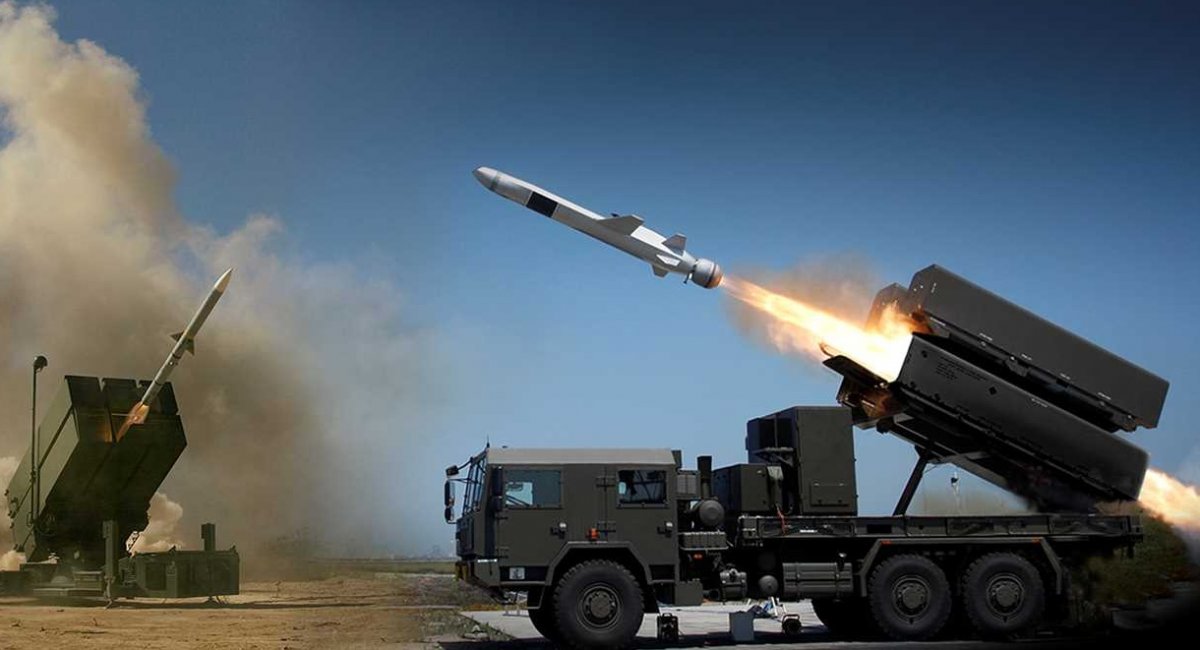Unfettered access to such defense units is uncommon, given their high-value status and the persistent threat of being targeted by Moscow. Despite this, the insight we glean from our rare visit is enlightening. It reveals not just the fierce determination of the Ukrainian military but also the crucial role played by international assistance in bolstering Ukraine’s defense capabilities.
The Gepard 1 A2 anti-aircraft gun, a German innovation that has seen action since the 1970s, bears testament to the old adage that reliability often trumps novelty. Its twin 35 mm Orlikon guns can deliver a staggering rate of fire of 1,100 rounds per minute. Coupled with a computer system that automates target detection and destruction, the Gepard has provided a much-needed boost to Ukraine’s defense capabilities. In total, Germany has sent 34 Gepards to Ukraine, with promises of more to come.
According to Oleh, one of the Gepard’s operators, their unit has already downed four Shahed drones and two missiles. His statement echoes a sentiment of defiance and resilience: “When the technology allows, the crew is motivated, trained, and knows their job, nothing is impossible. We can destroy any enemy target.”

The effectiveness of Ukraine’s air defense doesn’t hinge on the Gepard alone. It’s part of a multi-layered air defense network capable of countering short, medium, and long-range targets, thanks to an influx of weapons from Western allies. The arsenal now includes the Franco-Italian SAMP/T, the German Iris-T, and the American NASAMS and Patriot air defense systems, among others. These systems are strategically stationed at undisclosed locations to avoid detection and targeting by Russian forces.
The impact of this bolstered defense network is evident. Russian missile and drone strikes are inflicting less and less damage, a testament to the strengthening of Ukraine’s defensive capabilities. As Lieutenant General Serhii Naiev, Commander of the Joint Forces of the Armed Forces of Ukraine, points out, the efficiency of Ukraine’s defense system is now over 80%, a feat unparalleled in modern warfare.
However, this enhanced defensive system hasn’t completely shielded Ukraine from devastating attacks, such as the recent strike in Dnipro. This attack served as a stark reminder of the challenges Ukraine faces in fully securing its skies and protecting its civilian population.
The need for additional equipment, more ammunition, and increased training for personnel is palpable. Lt. General Naiev emphasizes that the defense of civilians and critical facilities hinges on the extent of equipment received and the training of personnel. Echoing this sentiment, Oleh stresses the need for more weapons to successfully push the enemy out of their land.
The Ukrainian government, under President Zelensky’s leadership, has been proactive in seeking additional weapons from allies. Presidential adviser Mykhailo Podolyak mentions that the aim is to construct an almost impervious air defense system over Ukraine, though he admits there’s a need for aircraft like F-16s to effectively counter short-range ballistic missiles and guided air bombs.
As Ukraine gradually shifts from a defensive stance to an offensive one, gearing up for a potential counteroffensive, the importance of air defense systems like the Gepard becomes even more pronounced. They not only provide air cover for advancing troops but can also be used for offensive purposes against enemy aircraft and armored vehicles.
The emergence of Ukraine’s robust and effective air defense system is a testament to a collective effort, marked by domestic resilience and international cooperation. It’s a gripping story of a nation determined to defend its sovereignty, aided by global partners equally committed to the cause of democracy and freedom. Despite the ongoing challenges, the spirit of defiance, bolstered by an increasingly effective air defense system, remains unbroken.
©world-news.biz
